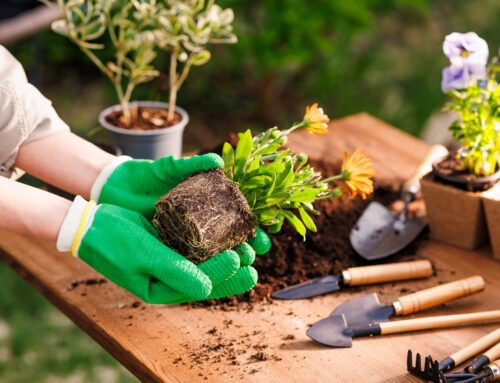As we head into the summer months, many of us look to cool off in the comfort of our backyard pool. But did you know that by taking a few straightforward precautions, you can conserve your pool water—and at the same time, lower your expenses?
Following are three causes of water loss and how you can reduce it:
1. Leaks
Left unchecked, an ongoing leak can waste hundreds of gallons of water. Watch for areas where water could be leaking – including plumbing, fittings or even accessories. Sometimes, monthly water bills provide a clue there’s a leak. Carefully review your statements for any sudden surge in the regular amount.
Here’s another way to look for leaks:
- Step 1: Bring the pool water to normal level. Fill a 5-gallon bucket with pool water to about two-thirds from the top.
- Step 2: Place the bucket on the first or second step of the pool. Ensure the bucket is immersed in the pool at least five inches.
- Step 3: Mark the water level inside the bucket.
- Step 4: Shut off the pump, auto-fill, and mark the pool water level on the outside of the bucket.
- Step 5: Resume normal pool pump operation.
- Step 6: After 24 hours, compare the two water levels. If the pool water (outside mark) goes down more than the bucket’s water level, there is probably a leak. If levels are the same, only evaporation has occurred.
Sometimes, leaks can be hard to locate. If you are unsure that one has formed or if you are confident that one has—but you can’t find it—call a professional leak-detection company that specializes in hunting them down.
2. Splish Splash
Splash happens! Especially when people inside the pool do activities that cause water to splash outside of the pool. While this sounds like fun, the truth is that all that water will have to be replaced once the fun is over. Discourage kids and guests from playing excessive splash games and check your water features to ensure that as water falls into your pool, it isn’t causing an over splash.
3. Properly Maintain Your Pool Water
It’s also important to maintain the chemical balance of your pool to avoid calcium damage to your pool’s plaster.
Plaster contains calcium, and if the mineral level in the pool is low, the water draws calcium out from the plaster—creating etching in the material. Fixing these blemishes may require power-sanding the entire pool interior.
Another problem comes when calcium levels are too high. Mineral deposits grow in and around your pool, forming crystals or scale on plaster/hard surfaces. This buildup can create unsightly grey, white, or brown colored spots. If you catch the calcium buildup early on, you may be able to address it by brushing it away and by correcting your water balance. However, if the buildup remains neglected, you may need to acid wash it or re-plaster it, requiring you to empty your entire pool, wasting thousands of gallons.
Contact your local pool maintenance provider for more ideas and tips for saving water and money.






